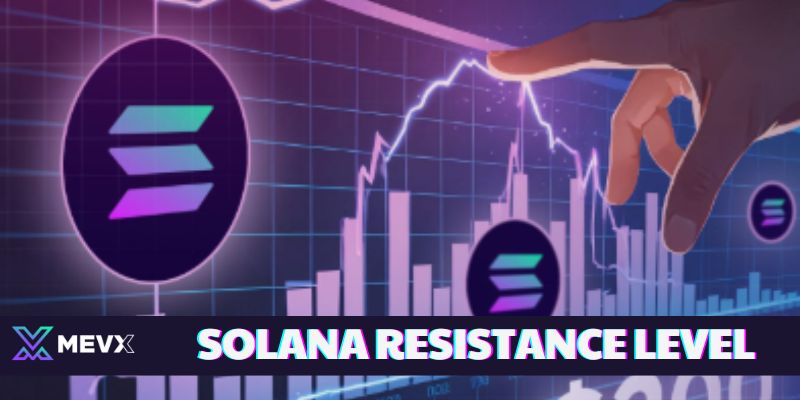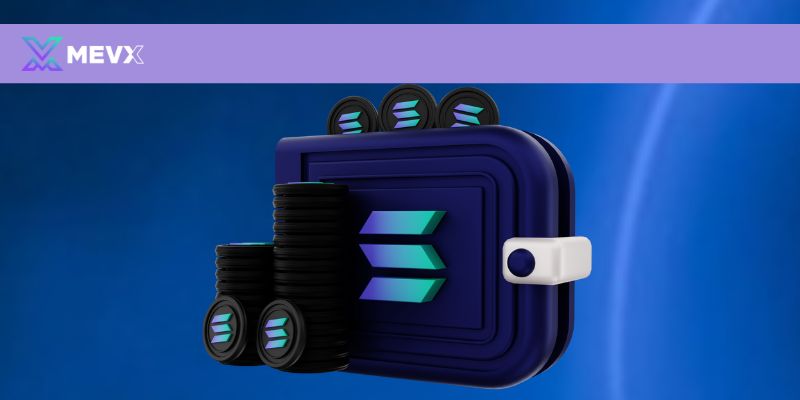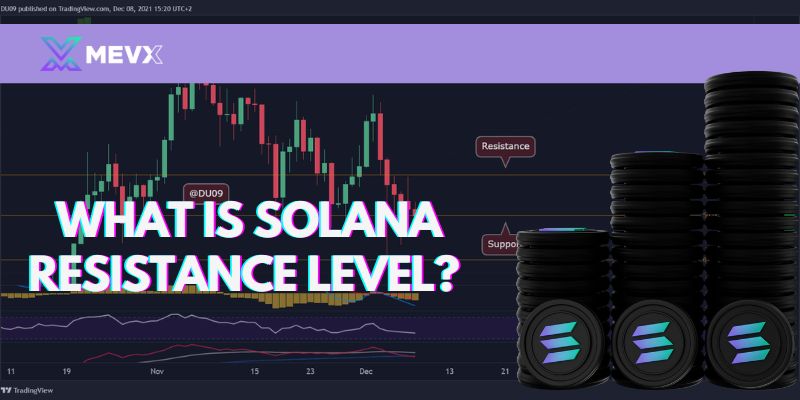Imagine you’re pushing Solana up a steep hill – what is Solana resistance level? It’s the point where the climb gets tough, and every attempt to go higher faces strong pushback. For Solana (SOL), resistance levels are price points where selling pressure outweighs buying, making it difficult for the price to break free.
Introduction to Solana and Technical Analysis
Solana is a high-performance blockchain that has gained significant traction due to its scalability and cost-efficiency. The native token, SOL, is used for transaction fees, staking, and governance within the Solana ecosystem. However, like any cryptocurrency, the price of SOL is volatile, influenced by market demand, investor sentiment, and various technical factors.
In the world of cryptocurrency trading, technical analysis (TA) plays a key role in predicting future price movements. TA involves analyzing historical price data to identify patterns and key levels such as support and resistance levels. These levels are crucial because they help traders understand when the price is likely to reverse or face challenges in moving higher.

What is a Resistance Level in Solana Trading?
A resistance level is a price point at which the upward price movement of an asset, like Solana (SOL), faces selling pressure. This pressure prevents the price from moving higher, causing the asset’s price to “resist” breaking through. When the price of Solana reaches a resistance level, it often indicates that more selling is happening than buying at that price level, making it difficult for the price to go higher.
For instance, if the price of Solana hits $30 multiple times but fails to move above it, $30 becomes a resistance level. Traders identify these levels to predict whether Solana’s price will continue rising, reverse, or consolidate.
What is Solana Resistance Level?
A resistance level in trading refers to a price point where an asset, like Solana (SOL), struggles to rise above due to an increased amount of selling pressure. It is seen as a “ceiling” for the price, where the demand to sell outweighs the demand to buy, preventing the price from moving higher.
In the context of Solana, a resistance level is a price at which Solana’s upward price movement tends to pause or reverse. Traders use this information to make informed decisions about when to buy, sell, or hold their positions. If Solana’s price approaches a resistance level, the likelihood of a pullback or price stagnation increases unless it can break through the level with significant momentum.
For example, if Solana (SOL) consistently fails to move above $30, traders will consider $30 a resistance level. This means that unless there is a strong catalyst or a shift in market sentiment, Solana’s price may struggle to move past that point. Identifying resistance levels is crucial for predicting potential price actions and making strategic trading decisions.

Solana Resistance Level in Practice
When trading Solana, understanding Solana resistance levels is vital for making informed decisions. For example, if Solana’s price has historically struggled to break above $30, this price level becomes a key resistance zone.
At these levels, traders often make decisions about whether to buy, sell, or wait. If Solana’s price approaches a known resistance level, traders monitor closely to see if the price will:
- Break through: If the price of Solana breaks above the resistance level, it can signal that the uptrend will continue, and traders may buy in anticipation of further gains.
- Bounce back: If Solana fails to break through the resistance level, the price could reverse or consolidate, which might prompt traders to sell or take profits.
How to Identify Solana Resistance Levels
Identifying resistance levels for Solana requires careful analysis of price charts. Traders use various tools and indicators to identify these key price points, including:
- Moving Averages (MA): The 50-day or 200-day moving averages can serve as dynamic resistance levels as they track the average price over time.
- Fibonacci Retracement: This popular tool helps traders identify potential resistance levels based on key Fibonacci numbers.
- Volume Profile: This indicator shows the volume of trades at different price levels, helping traders identify resistance zones where selling pressure may be significant.
Patterns such as double tops, head and shoulders, or ascending triangles can also signal resistance levels, as they indicate areas where the price may struggle to move higher.
Why Resistance Levels Matter for Solana Traders
Knowing what is Solana resistance level and how to identify it is crucial for making better trading decisions. Resistance levels can help traders:
- Time their entries and exits: Traders use resistance levels to decide when to buy or sell Solana. For example, they may sell near resistance levels if they believe the price will not break through.
- Set stop-loss orders: Resistance levels also help traders set stop-loss orders just below these levels, limiting potential losses in case the price reverses.
- Understand market sentiment: If Solana continuously struggles to break resistance, it could indicate bearish sentiment or lack of buying interest at higher prices.

Breaking through Resistance Levels: What Happens Next?
Once a resistance level is breached, it often turns into support. This is known as a breakout. A breakout occurs when the price of Solana moves above a resistance level, indicating strong buying interest and potentially signaling further upward movement.
For example, if Solana breaks past the $30 resistance level, traders will often look for confirmation that the new price level holds. The breakout could lead to a new resistance level, such as $40, and traders would adjust their strategies accordingly.
In conclusion, understanding what is Solana resistance level is essential for anyone interested in trading or investing in Solana (SOL). Resistance levels help traders make informed decisions, manage risk, and optimize their trading strategies. By identifying key resistance levels, traders can anticipate price movements and better navigate the volatile world of cryptocurrency.
If you’re ready to dive deeper into Solana trading or need real-time updates on price movements, follow MevxTrader for expert insights and analysis. Stay ahead of the market with the latest updates on Solana and blockchain news!
